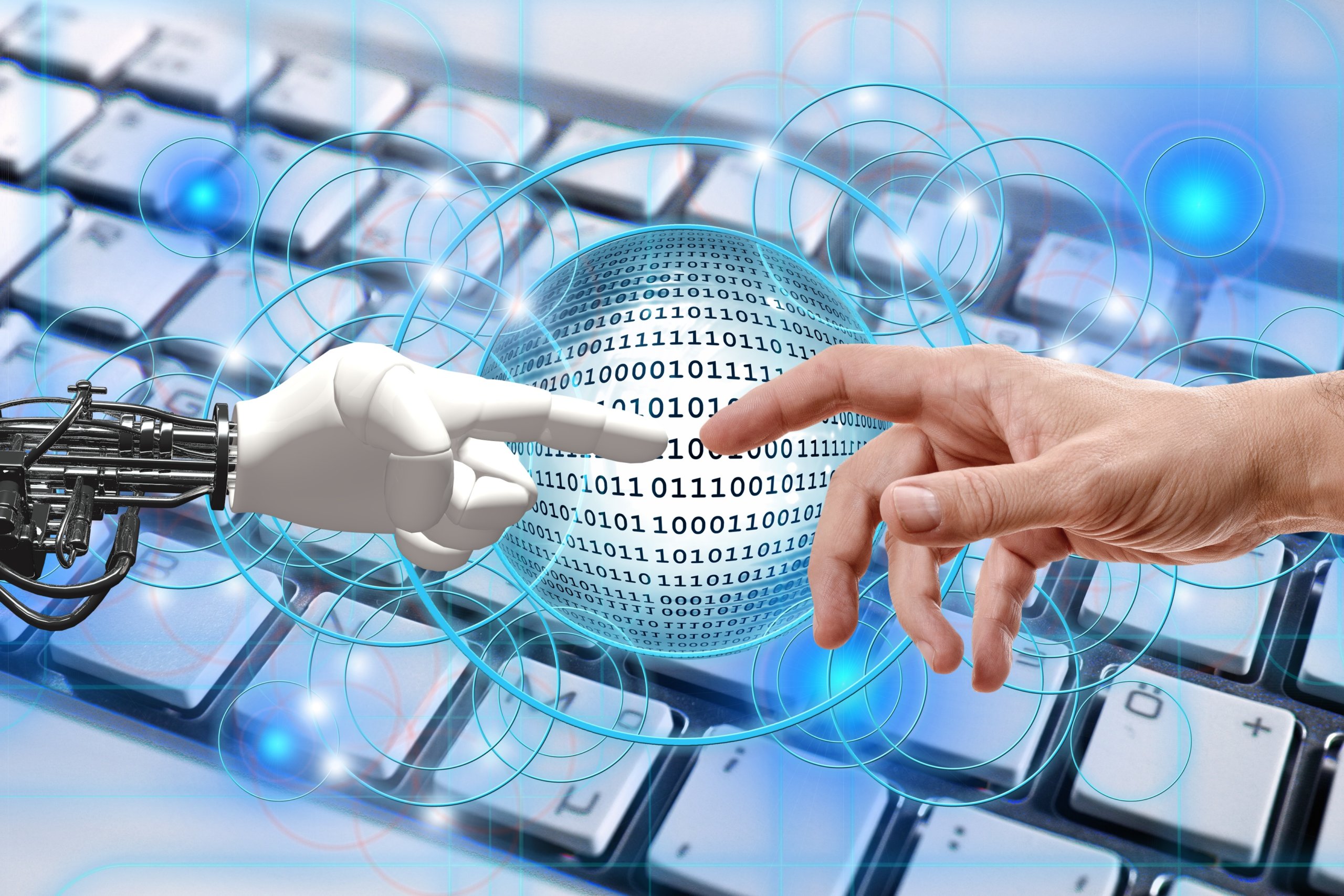
It’s no secret that recent developments in artificial intelligence (AI) have generated an absurd amount of hype. Whether it’s self-driving cars or beating Go champions at their own game, AI appears to be everywhere. But what about software development?
The subject of AI’s impact on software development is usually eschewed in favor of more tantalizing topics. But software is at the core of the majority of modern innovations affecting our daily lives; it would be a shame not to examine AI’s effect on it.
In this post, we’ll do exactly that — we’ll examine the plethora of benefits that AI offers at some of the most crucial stages of the traditional software development lifecycle (SDLC). Ready to begin? Let’s get started!
Making the SDLC More Intelligent
As AI reshapes how we build software applications, more businesses are taking notice. A survey by Teradata, a San Diego-based developer, found that 80% of enterprise organizations are already investing in AI technology, with 30% planning to expand upon their initial efforts in the next 3 years.

When you consider that AI tools are projected to create $2.9 trillion in business value by 2021, these adoption rates really aren’t that surprising. Let’s see how AI is generating this value by looking at the capabilities it provides for some of the most crucial steps of the SDLC.
Requirement Gathering & Analysis
In this initial conceptual phase, all business requirements for the software are gathered and analyzed for the validity of incorporation into the software. Questions like “How will the software be used?” or “What data should be input?” are common.
Usually, this stage requires lots of human intervention to iron out details. But AI tools like Google ML Kit and Infosys Nia are now allowing businesses to automate portions of this phase and meticulously gather all the information needed to move forward effectively.
Some organizations are even leveraging natural language processing (NLP) to understand and apply user requirements to software models. But this is still very much an experimental endeavor; balancing all of the user needs has proven to be challenging. Still, NLP presents plenty of potential to optimize requirement gathering, so it’s being heavily researched and worked on.
Design
Software design is a dynamic phase of the SDLC that usually takes many iterations to get right. New information, changes to workflow, and client opinions often cause designers to go back to the drawing board in pursuit of the perfect design. AI-fueled automation offers a way to expedite parts of this process.
Website creation company Bookmark’s AI Design Assistant (AIDA) is a great example of this in action. Once the needs and desires of a client are understood, designers can use AIDA to generate and examine various combinations of software design based on these requirements. This removes a remarkable amount of legwork and iteration and results in a design that the client is happy with much faster.
Coding
Coding is certainly one of the most time-consuming and labor-intensive steps of the SDLC. Fortunately, AI is here to help. Once the foundation for what the client wants is elucidated, developers can use AI to begin writing certain portions of the code instead of having to start from scratch.

Not only does AI automate a good chunk of the code generation, but it also aids in detecting any bugs present in the software. This saves developers inordinate amounts of time. Instead of backtracking and addressing issues when they’ve become overwhelming, programmers can now nip these problems in the bud.
Testing
Extensive software testing is needed to ensure a product is of the highest caliber. It’s not only one of the most crucial steps of the SDLC, but also one of the most exhausting; whenever the source code is changed, the same tests often have to be repeated to make sure no new bugs have been introduced. This can take up a lot of time and effort.
A variety of AI-powered tools are now available on the market that enable developers to easily create test cases and perform regression testing. By applying machine learning, tools like Testim.io, Autify, and Functionalize are streamlining testing, saving developers many headaches, and ensuring products ship error-free.
Deployment & Maintenance
As any good developer knows, work on software doesn’t stop after deployment. Maintenance is necessary to ensure any errors or bugs found after shipping are addressed properly. Much like the testing phase, machine learning can simplify the maintenance phase by rapidly analyzing system logs and proactively flagging issues. In the future, AI may become sophisticated enough to even fix the error or bug in question without any human intervention required!
Better AI = Better Software
While AI already provides a multitude of benefits for software developers, this is really just the start. As algorithms become better, AI tools will be able to offer even more advantages for programmers to leverage.
Soon, adopting AI into an SDLC’s fold will be necessary to keep pace with the progress of innovation, not just a nice-to-have. But that’s not such a bad thing; software developers will be able to spend less time on laborious tasks like documentation and debugging and more time on creating novel applications.
Does your organization employ AI in its SDLC? Do you expect AI to take on a bigger role in this process? Let us know in the comments!





